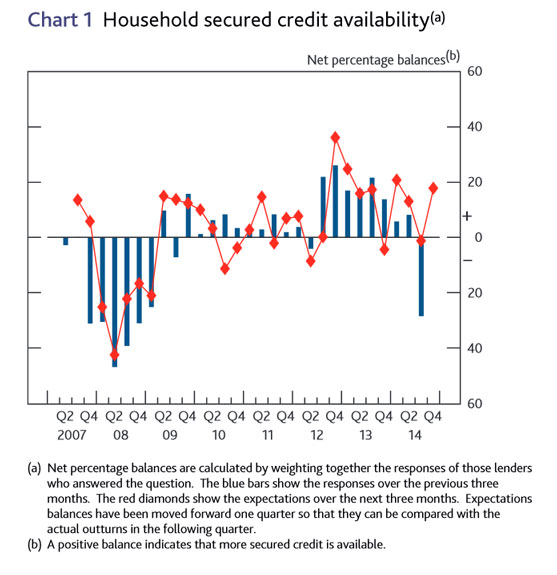Speaking at the Kenilworth Chamber of Trade business breakfast event Andrew Haldane, the Chief Economist of the Bank of England, discussed developments in the labour market, and the implications for monetary policy in the United Kingdom. His perspective is important and relevant in the Australian context.
The main messages of Andrew’s speech are:
- In June, as he made clear in a speech, he put even weight on moving interest rates sooner (which he termed being ‘on the front foot’) and moving interest rates later (being on the back foot). Three months on, the statistics now appear to favour the back foot.
- Recent evidence, in the UK and globally, has shifted Andrew’s views about the likelihood of weaker outcomes. That reflects markdowns in global growth prospects and weak pipeline inflationary pressures, both from wages and prices internally, and energy and commodity prices externally. He is gloomier about demand and sees inflationary forces weakening in the near term. This implies that interest rates could remain lower for longer than he had expected three months ago, without endangering the inflation target.
- Turning to the performance of the UK economy, Andrew notes various reasons to be cheerful: ‘growth at the top of the G7 league table’ and ‘well balanced between consumption and investment’; ‘borrowing costs at exceptionally low levels’; ‘employment up 1.8 million since its trough’ and unemployment falling from 8.4% to 6%, and expected to fall further. The combination of GDP growth, inflation and unemployment suggests that the economy is in ‘fine fettle’ and has only been bettered in 5 of the last 44 years.
- But looking at a different set of indicators suggests ‘reasons to be fearful’. ‘Growth in real wages has been negative for all bar three of the last 74 months’. ‘The level of productivity is no higher than it was six years ago’. And real interest rates are around zero. This combination of poor economic outcomes is ‘virtually unprecedented going back to the late 1800s, with the exception of the aftermath of the world wars and the early 1970s.’
- Andrew concludes that the economy appears to be ‘writhing in both agony and ecstasy. It is twin peaked’.
- Looking forward he suggests that the key issue is which of these twin forces will win out. The Monetary Policy Committee’s forecast suggests that by 2017, ‘productivity growth and real wage growth are back to around 2% and real household deposit rates are in positive territory’ or in other words ‘the sun will come out tomorrow’. But Andrew notes that such forecast have been confounded in the past, and he also notes that the low level of expected real interest rates implied in the UK’s yield curve may reflect pessimistic assumptions about future growth prospects.
- Turning to the labour market he finds more evidence of polarising patterns: ‘the upper peak of the labour market is clearly thriving in both employment and wage terms. The mid-tier is languishing in both employment and real wage terms. And for the lower skilled, employment is up at the cost of lower real wages for the group as a whole’.
- Turning to the implications for interest rates, he suggests that financial market participants must weigh up the likelihood of the UK taking a strong path or a weak path – the twin peaks he has been discussing. ‘Over the past few months, the implied path for interest rates has shifted down’. ‘One interpretation of that move is the market now assigning a somewhat higher probability to the lower peak’. That is also his own assessment of how the balance of risks has shifted.

